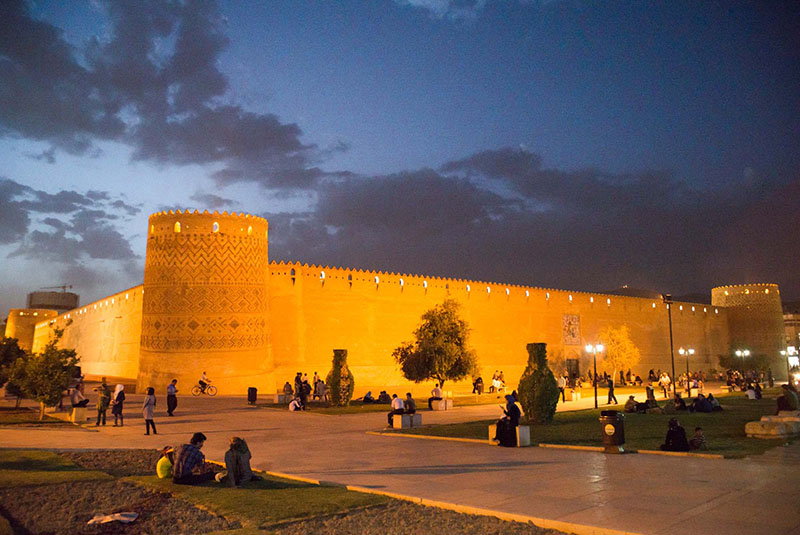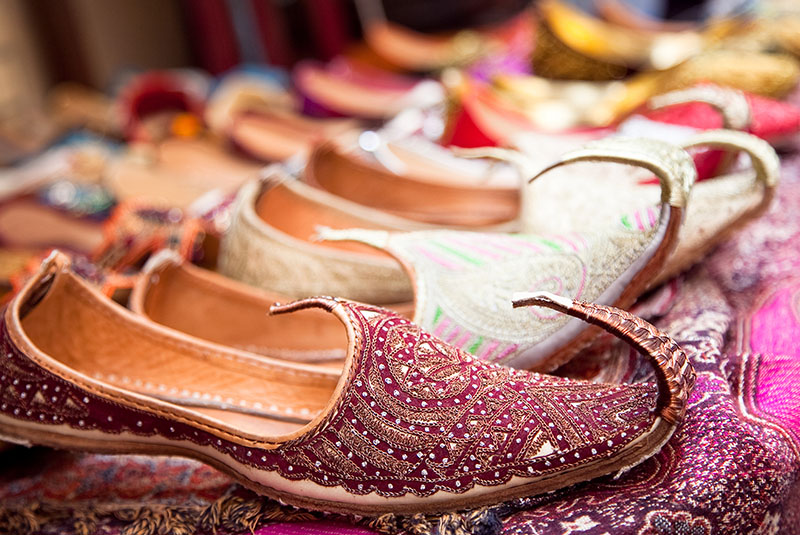Vakil Complex; Combination of Citadel, Mosque, Bath, and Bazaar
With a great heritage, there are numbers of historical houses, gardens, and monuments in Shiraz, which makes the city one of the most visited one in Iran. Among all of these places, one of the most popular ones in the heart of the city is Vakil or Zandiyeh complex.
The place was built by Karim Khan Zand, who was the founder of the Zand Dynasty, but did not adopt the title of Shah for himself, preferring the title, Vakil e-Ra'aayaa which literally means “Deputy of People”.
That is why people called this place Vakil complex or Zandiyeh complex which refers to Karim Khan’s name.
The complex includes the Citadel of Karim Khan, a bath, a mosque, and a bazaar which are close to each other. The combination of these buildings at the
In this article, we are going to talk in detail about each monument in the complex, its history, and architecture.
The Citadel of Karim Khan (Arg-e Karim Khan)
To build this citadel, Karim Khan invited some of the best local and international architectures to design the building. He also ordered to use the best material of the time in the construction.
Building the monument took about two years from 1766 until the end of 1767. The building initially used as the pavilion of the

The Citadel is situated at the
The architecture of the building brings a combination of military and residential architecture usage in mind, as it was the residential place of Karim Khan and the military
Vakil Mosque
Vakil Mosque is located on the western side of the entrance of Vakil Bazaar. The mosque was built during
The mosque constructed for public use so ordinary people could do their daily religious duties and say their prayers. Different parts of the mosque include the entrance, a corridor, a yard, a large seraglio, a winter seraglio, an altar, an Islamic marble pulpit, two verandas, and a pearl arch.
Unlike most of the mosques in Iran with four iwans, this mosque has only two iwans which are located on the northern and southern sides of a large court. The decoration of iwans is typical
The Shabestan (prayer hall) covers an area of approximately 2,700 meters square with 48 monolithic pillars carved in spirals, each with a capital of acanthus leaves.
One of the most interesting items in this mosque is its Menbar which is built out of a solid piece of green marble with 14 steps. The plethora of exuberant ornamental floral tilework is mostly from the Qajar Dynasty when the mosque was renovated.
The mosque is open from 8:30 in the morning till 20:30 in spring and summer, and 20:00 in autumn and winter.
| Read more: 16 Most Beautiful Mosques You Should Visit
Vakil Bazaar
Vakil Bazaar was originally built in the 11th century to make Shiraz a prominent trading
The bazaar with beautiful architecture is a roofed bazaar with a gorgeous vaulted brick ceiling (that regulates its temperature in different seasons).

From the main entrance, different routes heading out into paths, each housing from 10 to 46 vaults, each vault with two or more shops. Vakil Bazaar was an important trade
One of the most interesting section of the bazaar is Saraye Moshir at the
It is very popular due to its magnificent architecture with one main entrance and two floors building. All the shops are situated around a central yard with a pond in the
Vakil Bath
The last attraction to visit at this complex is Vakil Bath which was built to be used by the public. Inside the bathhouse, there are many scenes carved and
The floor of the bathhouse is covered by smooth cobblestone. However, under these stones, narrow shafts were put in place to carrying the hot water
In order to reduce heat loss, the sunken floor levels and narrow entranceways were considered in the architecture of the bath.
The bath does not serve people with its original function. However, it is open to the public to visit status dress with traditional attire, which illustrates the process of bath-taking at the time.


Comment
Leave a Comment